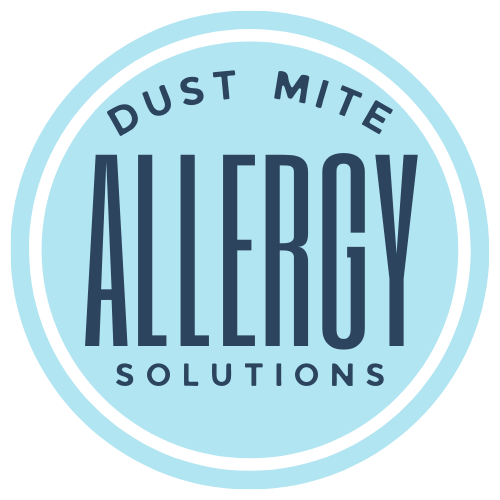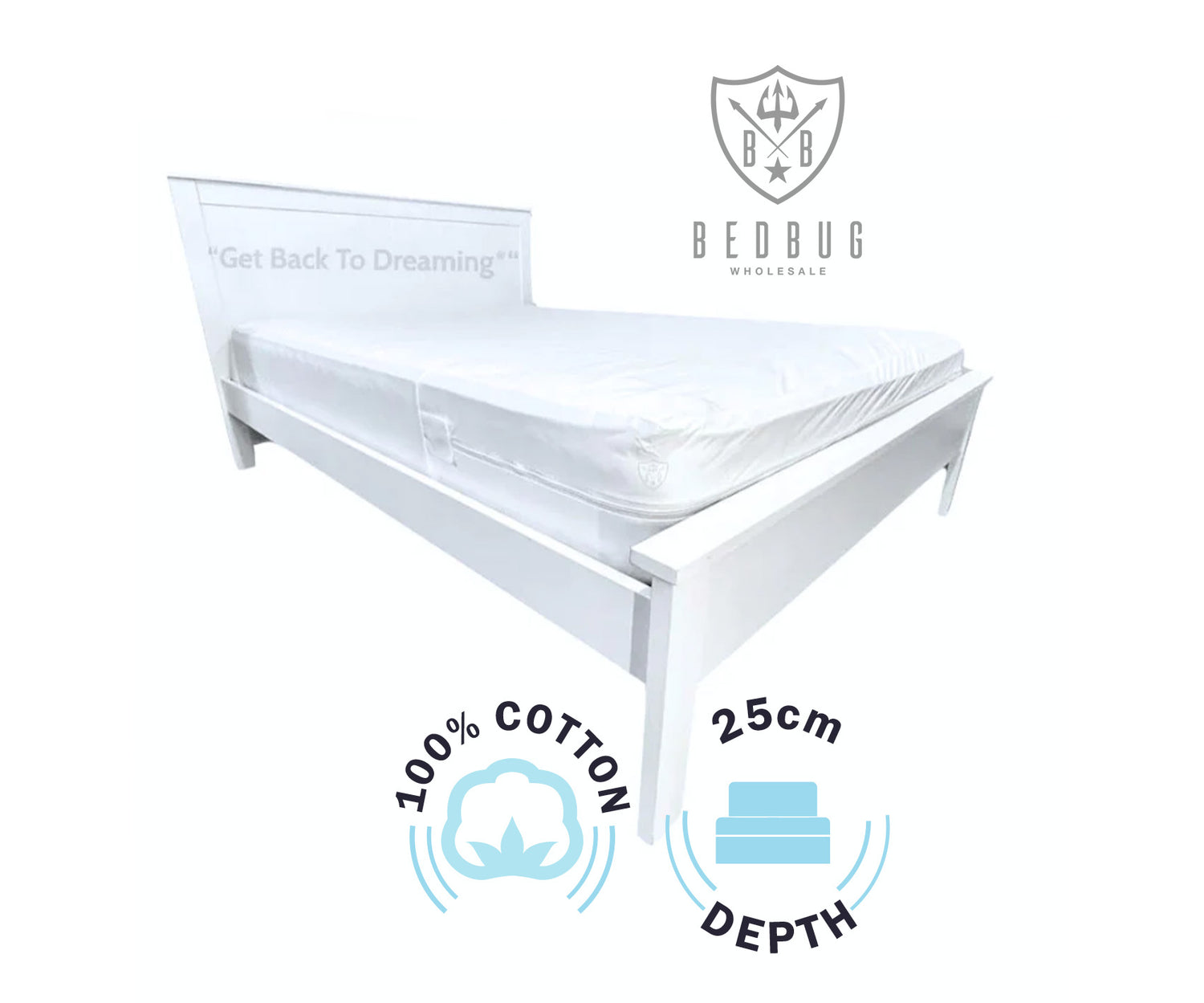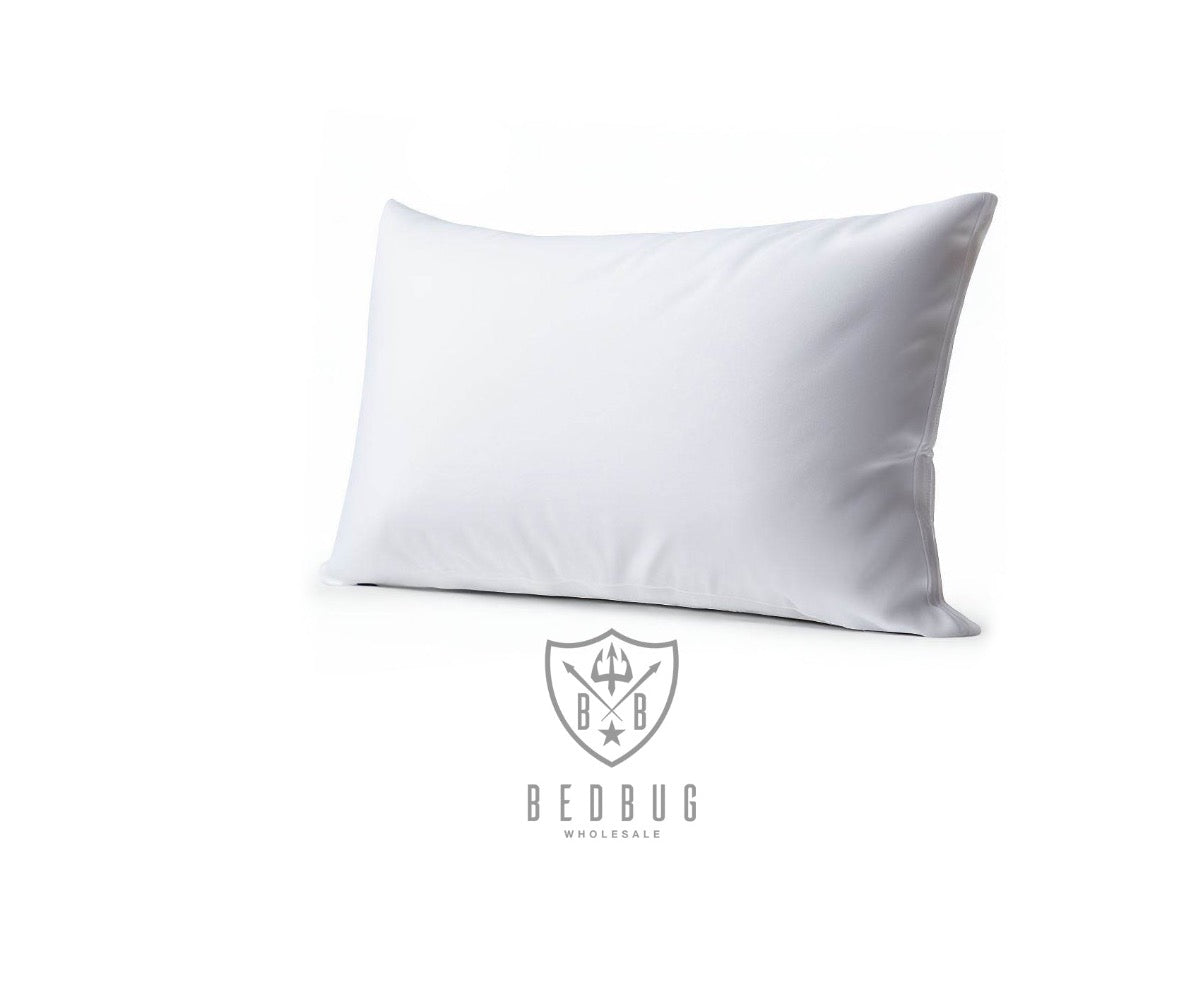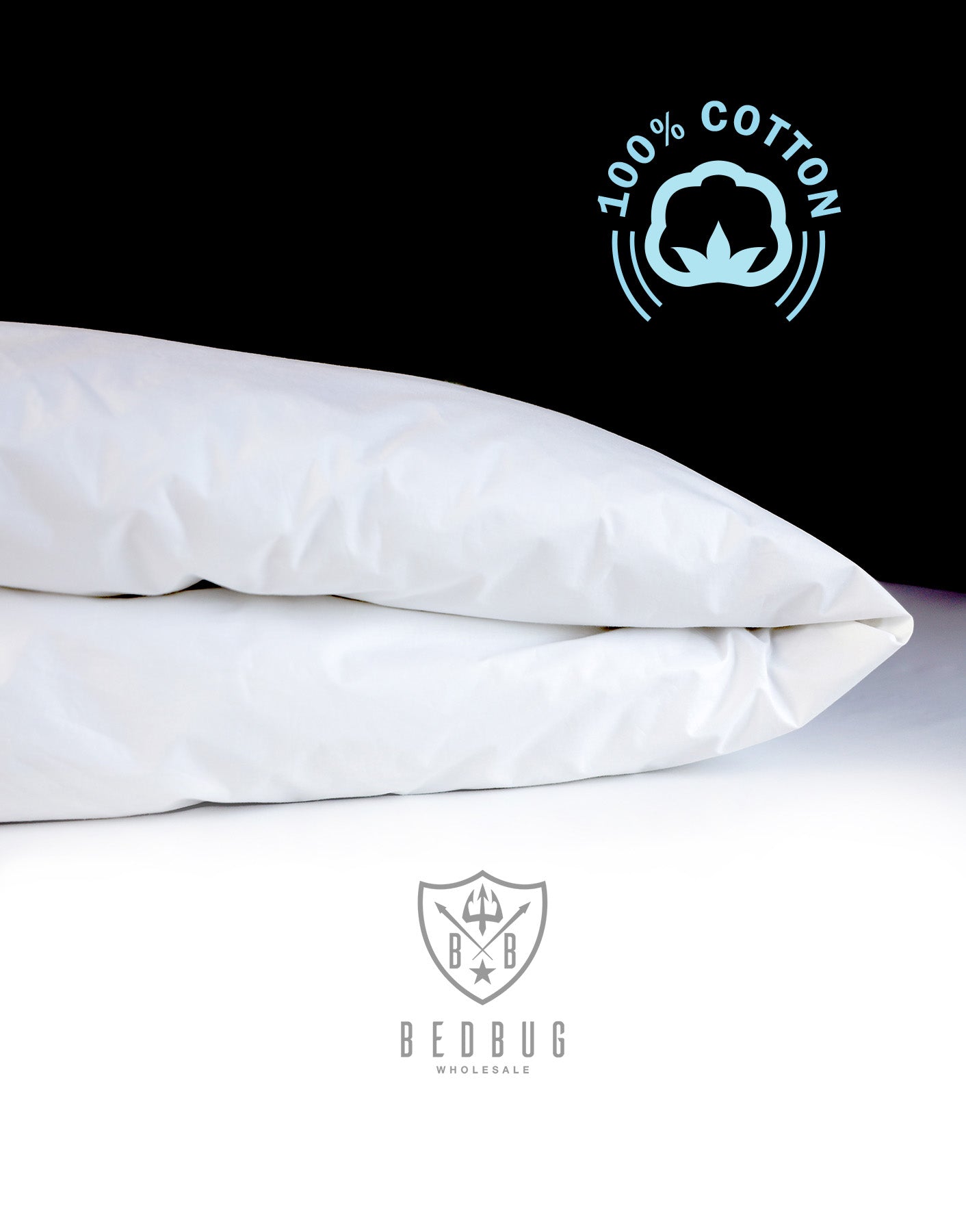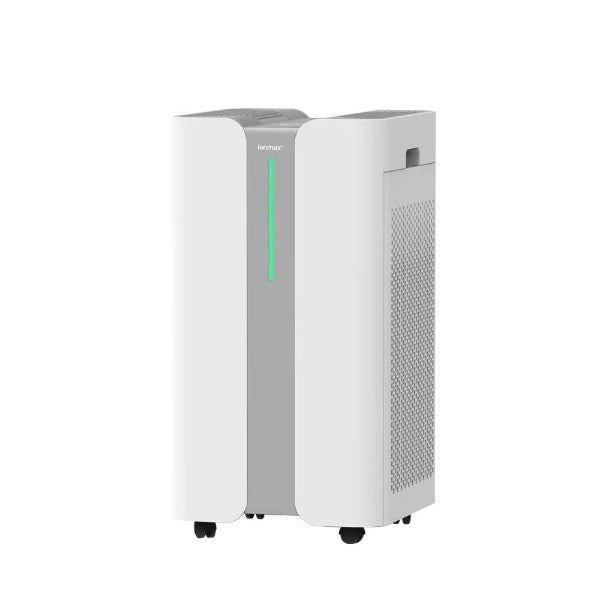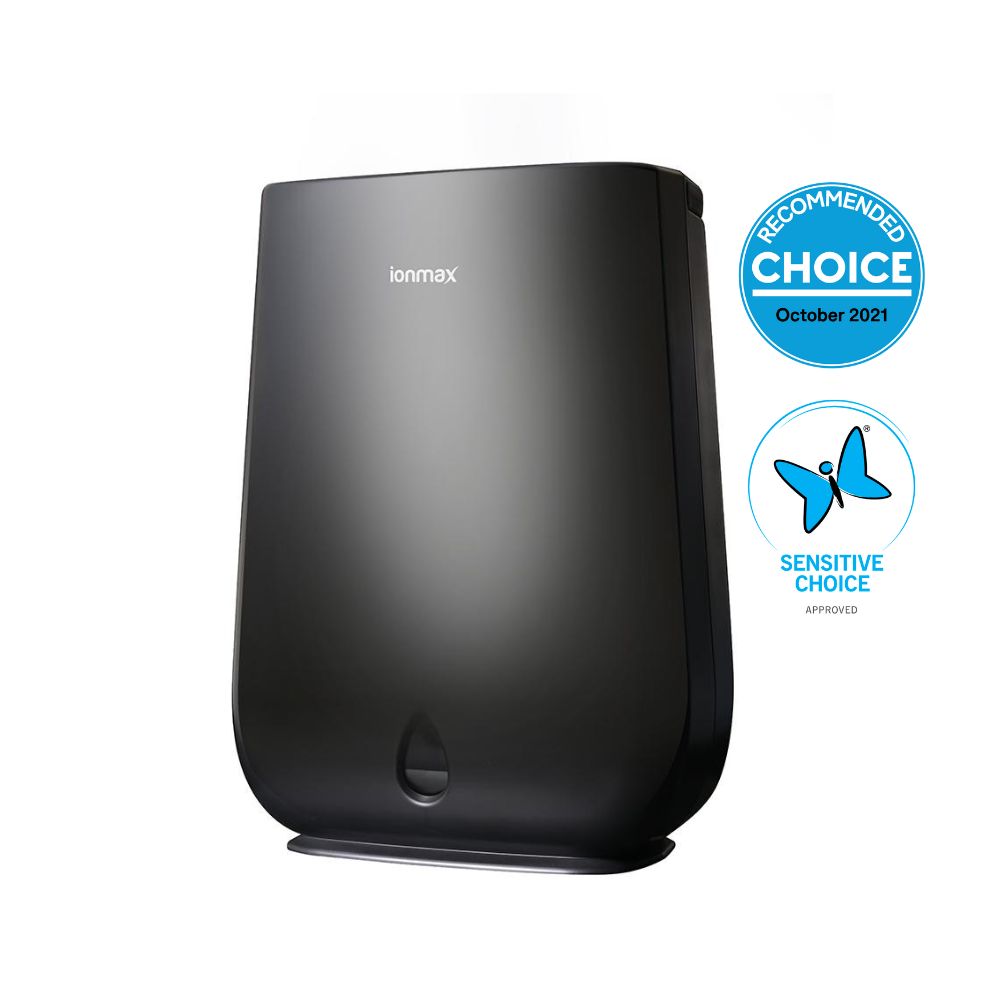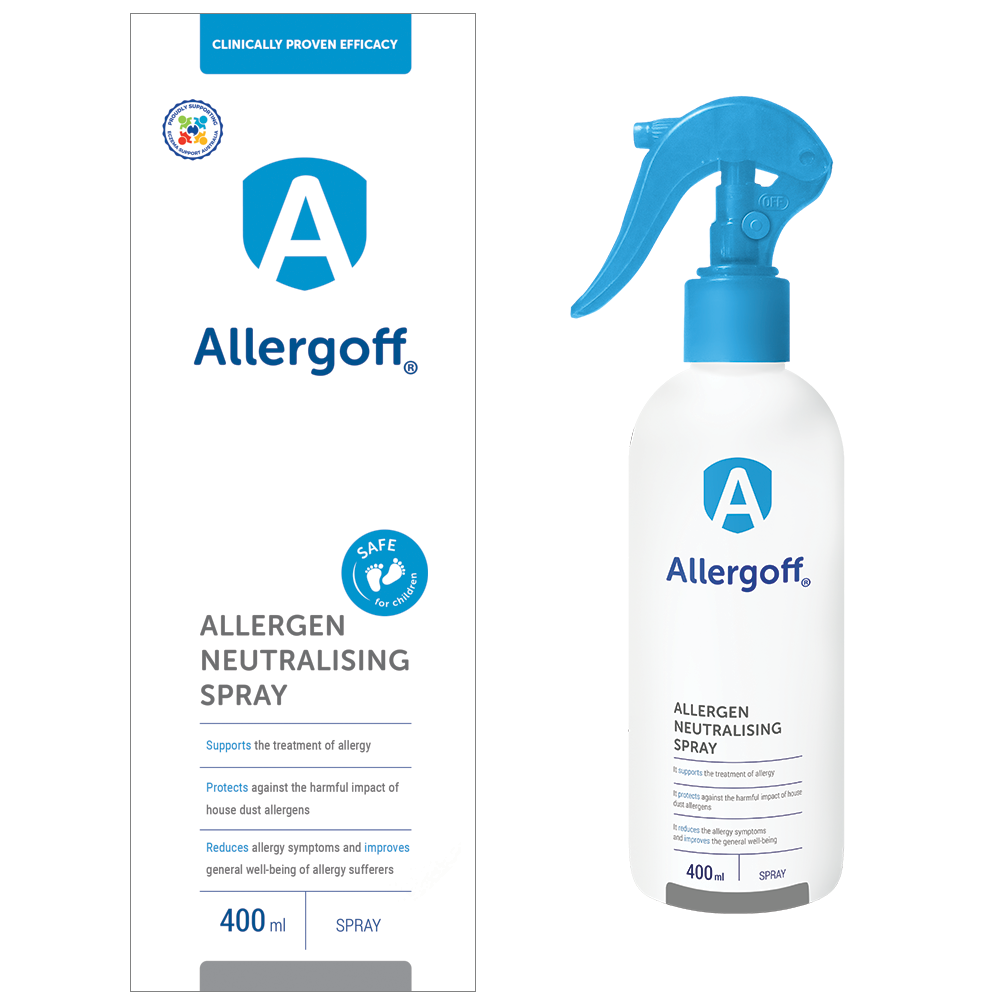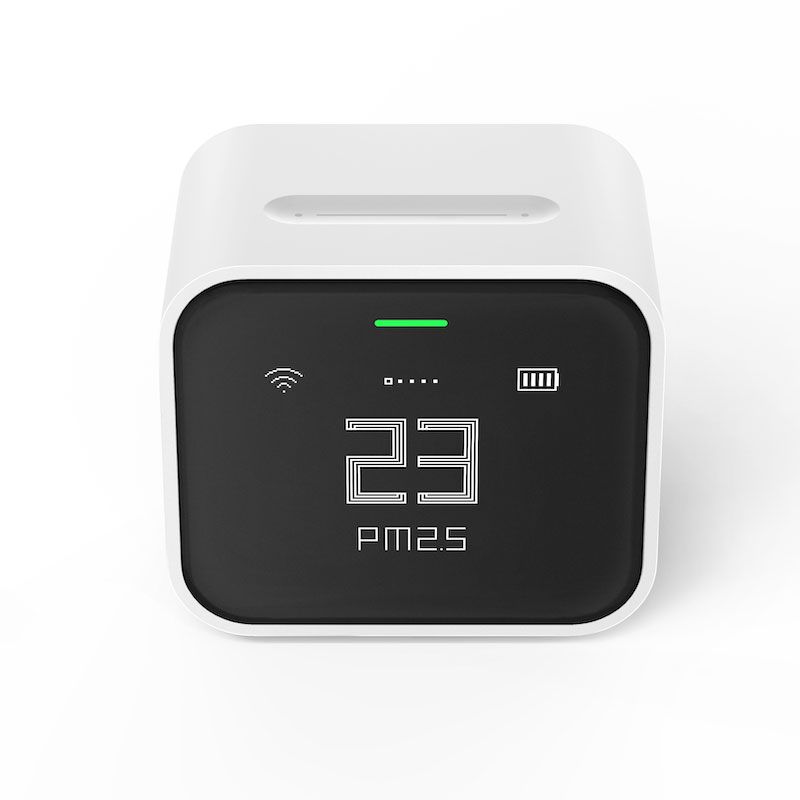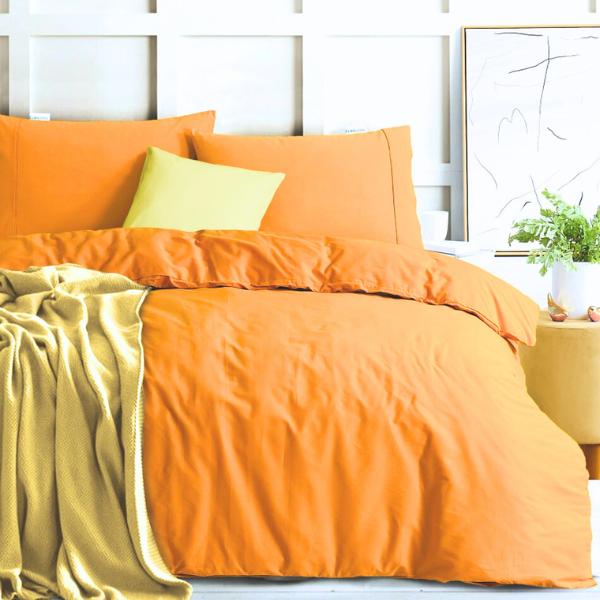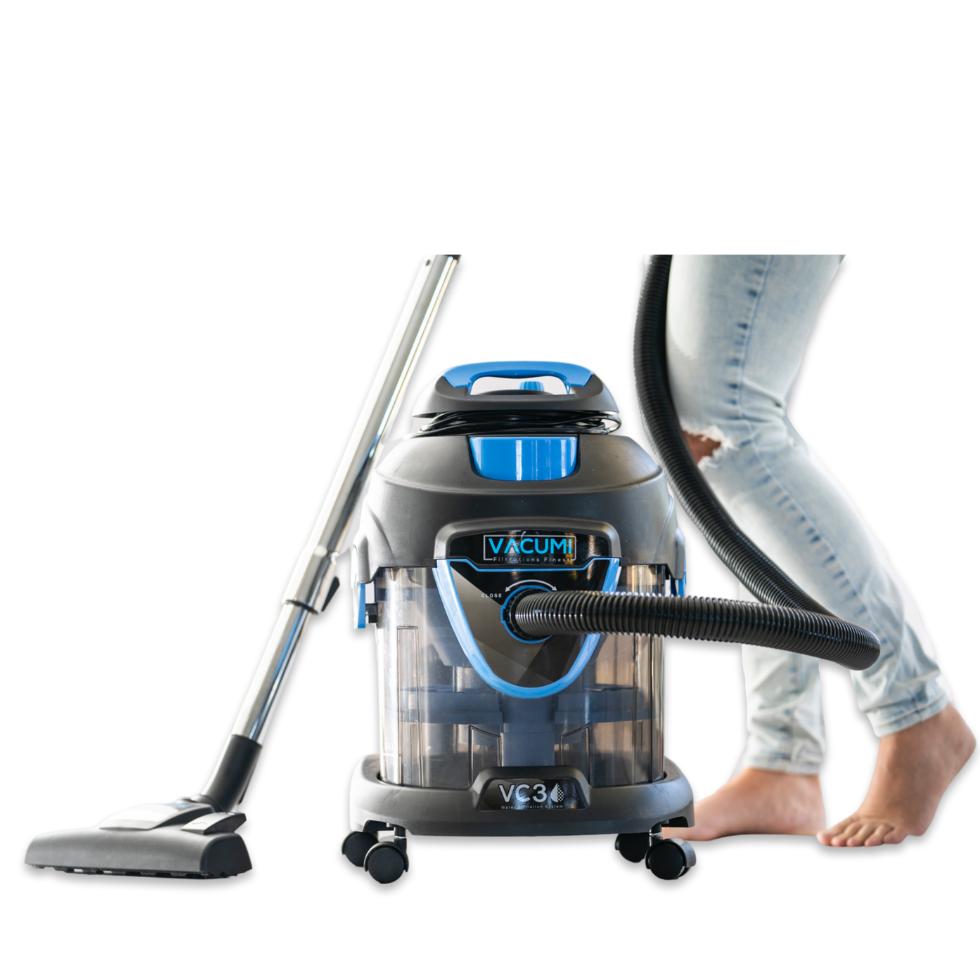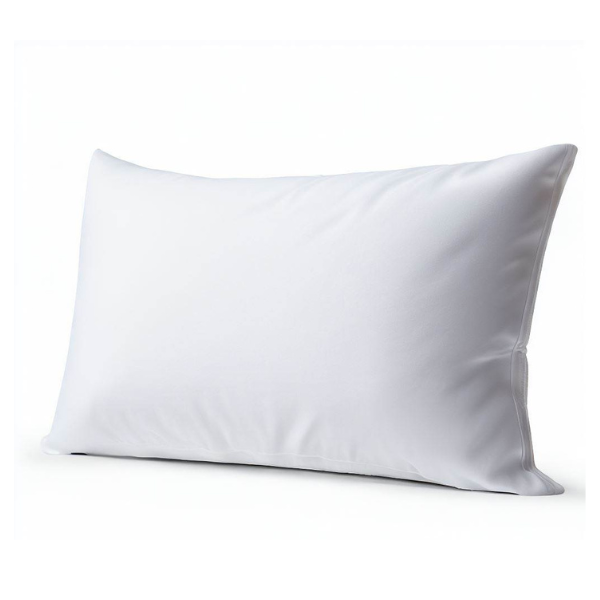If you're looking for a safer, eco-friendly approach, learning how to get rid of dust mites naturally can help improve your indoor air quality and create a healthier living environment.
Dust mites can be a hidden source of allergies and discomfort in your home, thriving in bedding, carpets, and upholstery. Thankfully, there are natural dust mite remedies that allow you to eliminate dust mites without chemicals, keeping your living space safe and healthy.
Read on to explore effective strategies for dust mite control, focusing on eco-friendly methods that reduce allergens and improve air quality.
What are dust mites?
Dust mites are microscopic, spider-like creatures that commonly inhabit household environments, such as bedding, furniture, and carpets. They feed on dead skin cells shed by humans and pets, thriving in warm, humid environments. Invisible to the naked eye, dust mites are known to be major indoor allergens, their droppings and decaying bodies often triggering allergic reactions and asthma in many individuals. They do not bite or transmit diseases, but their presence can significantly impact indoor air quality and health, particularly for those with allergies or respiratory issues.
Where Are Dust Mites Most Commonly Found

Dust mites are most commonly found in environments where we spend a lot of our time, as they feed on the dead skin cells that humans and pets shed. Their favorite habitats are typically warm, humid areas with plenty of food sources. Common locations include:
-
Bedding: Mattresses, pillows, duvets, and bed linens are prime spots for dust mites due to the warmth, moisture, and abundant food source from human skin flakes. Consider replacing with hypoallergenic bedding and mattress, duvet and pillow covers.
-
Upholstered Furniture: Sofas, armchairs, and other upholstered pieces provide a suitable environment for dust mites, especially in the crevices and beneath cushions.
-
Carpets and Rugs: The fibers in carpets and rugs trap skin flakes, providing an ideal feeding ground for dust mites.
-
Curtains and Drapes: These often overlooked areas can harbor dust mites, as they accumulate dust and skin cells over time.
-
Stuffed Toys: Plush toys, especially those frequently used and left on beds, can become infested with dust mites.
-
Closets: Clothing and other stored items in closets can accumulate dust and provide a haven for dust mites.
-
Air Ducts and HVAC Systems: Dust and skin flakes can accumulate in these systems, spreading dust mites throughout the home when the system is active.
-
Pillows and Cushions: Non-upholstered cushions and decorative pillows also attract dust mites.
-
Pet Bedding: Similar to human bedding, pet beds can be a hot spot for dust mites, given the dander and hair pets leave behind.
Can You Completely Get Rid Of Dust Mites?
Completely eradicating dust mites from an indoor environment is extremely challenging, if not impossible, due to their tiny size and ability to thrive in common household fabrics and environments. However, while total elimination is difficult, you can implement organic dust mite control methods to reduce their numbers and minimise their impact, providing significant dust mite allergy relief in the process.
How to Get Rid of Dust Mites Naturally and Reduce Allergens at Home
We've compiled a list of natural methods for eliminating dust mites to provide dust mite allergy solutions in an organic and often times, free ways:
- Extreme Temperatures:
- Heat: According to this study published in Science Daily, laundering your bedding, curtains, and clothing at temperatures 60°C helps eliminate dust mites and their waste. Ensure that items are completely dry after washing, as the dryer's heat also helps in killing any remaining mites.
- Cold: According to Mayo Clinic, freezing non-washable items for 24 hours can also kill dust mites. This method is suitable for items like plush toys or delicate fabrics. Just remember that you will still have to wash the items to remove the allergens from the fabrics.
- Use a Steam Cleaner: Steam cleaning can reach temperatures between 93°C to 121°C, which is effective in killing dust mites on items like couches, beds, and carpets. Dust mites are killed at temperatures above 60°C therefore steaming can be an effective method.
- Sunlight Exposure: According to the Journal of Allergy and Clinical Immunology, direct sunlight can help kill dust mites. Exposing bedding, rugs, and other items to sunlight can reduce the mite population.
- Essential Oils: Certain essential oils can kill dust mites. According to this study, scientists tested 14 essential oils and 14 natural chemicals found in those oils to see if they could kill dust mites. They tested different amounts of these oils and chemicals over 24 and 48 hours in a lab. They found that the longer the dust mites were exposed to these substances, the more effective they were at killing the mites. Clove, rosemary, eucalyptus, and some other oils were particularly good at killing the mites. Among the natural chemicals, cinnamaldehyde (from cinnamon) and chlorothymol were the most effective. The study suggests that these oils and chemicals could be used as safe, eco-friendly ways to control dust mites.
- Diatomaceous Earth: There is anecdotal evidence that this fine powder can dehydrate dust mites, leading to their death. Sprinkle it on carpets, mattresses, and other areas, leave it for a few hours, and then vacuum it up. Please read and follow instructions when using around pets.
- Vinegar: While we have not found published studies that would show that vinegar kills dust mites directly, there is anecdotal evidence that cleaning with a solution of vinegar and water could potentially help remove the allergens they produce.
- Reducing Humidity: Dust mites need a certain level of humidity to survive. According to this study, keeping the indoor humidity below 50% can create an unsuitable environment for them.
- Air Purifiers: Air purifiers with HEPA filters can capture dust mite particles and reduce their presence in the air.
- Replace Carpets With Hard Flooring: Carpets are a breeding ground for dust mites. Replacing them with hard flooring like linoleum, laminate, or tile can reduce their habitat.
- Frequent Cleaning: Regularly cleaning and wiping down dusty areas, cleaning dust behind beds, fan blades, vents and other areas.
- Vacuuming with HEPA filter vacuum: Vacuuming rugs, carpets, and fabric furniture with a HEPA filter vacuum can significantly reduce dust mites. This type of vacuum cleaner is more effective at trapping small particles, including dust mite allergens.
- Use Hypoallergenic or Anti-Allergy Covers: These dust mite covers for pillows and mattresses creates a barrier that prevents them from penetrating the fabric.

Do Essential Oils Kill Dust Mites?
Certain essential oils are very effective in killing dust mites and provide a chemical-free alternative. This study published by the National Library of Medicine, describes a study that tested the effectiveness of 14 plant essential oils on killing the house dust mite (D. pteronyssinus). The oils were applied at different concentrations and tested over 24 and 48-hour periods. Key findings include:
- Clove oil was the most effective, showing the lowest LC50 (lethal concentration) values, meaning it killed 50% of the mites at the smallest doses, both after 24 and 48 hours.
- Other effective oils included matrecary, chenopodium, fennel, and caraway.
- After 48 hours, the most effective oils were clove, matrecary, chenopodium, rosemary, and eucalyptus.
Overall, clove oil and certain components like cinnamaldehyde and chlorothymol were found to be the most promising in killing dust mites.

How to Use Eucalyptus Oil to Get Rid of Dust Mites in Washing
An Australian staple, Eucalyptus oil is a great natural way to help kill dust mites in your home as reported in a study by the Journal of Allergy and Clinical Immunology. Here’s how to use it effectively.
Effective Use of Eucalyptus Oil for Natural Dust Mite Elimination
Studies show that soaking items in 0.2% and 0.4% eucalyptus oil can kill more than 80% of dust mites in just 30 to 60 minutes. Using a stronger solution can make it even more effective, but be sure to check clothing labels to ensure you can use the oil without damaging your items.
The results indicate that the number of mites killed depends on both the concentration of eucalyptus oil and the soaking time.
When tested on blankets, eucalyptus oil-treated blankets had only 0.6% of dust mites survive after washing. In comparison, untreated blankets had 97.6% of the mites still alive. This shows how well eucalyptus oil can reduce dust mite numbers.
How to Use Eucalyptus Oil as a Natural Way to Get Rid of Dust Mites
You can make a simple laundry solution by soaking wool blankets in a 0.2% eucalyptus oil solution for 30 minutes. This can kill 97% of dust mites without needing hot water, which can damage some fabrics.
Eucalyptus oil is easy to purchase and is not very expensive. It is safe for people to use, but it works best when mixed with a detergent to help it mix with water.
Importance of Washing Regularly to Eliminate Dust Mites
Washing your bedding and other fabrics regularly is really important to keep dust mite allergens under control. Even if you use dust mite covers for your bedding, allergens can still build up over time.
Extra Benefits for Using Eucalyptus Oil to Get Rid of Dust Mites Naturally
Using eucalyptus oil not only kills dust mites but may also help lower the number of allergens and stop mites from coming back, giving you extra protection.
Adding eucalyptus oil to your laundry is an easy and natural way to fight dust mites and reduce allergens in your home. It's a simple solution to help keep your living space healthier!
Can Tea Tree Oil Kill Dust Mites?
Yes, tea tree oil has been shown to kill dust mites. Studies have demonstrated that tea tree oil is effective against various ectoparasites, including house dust mites. It works by breaking down the protective barriers of the mites, leading to their death. This natural alternative to chemical insecticides is gaining popularity due to its effectiveness and fewer health and environmental risks.
Are Dust Mites Easy To Get Rid Of?
Getting rid of dust mites involves consistent and dedicated effort, as they thrive in the common household environment. While completely eliminating them is nearly impossible due to their microscopic size and prevalence, significantly reducing their numbers is achievable.
Key strategies to get rid of dust mites naturally, include regular cleaning with a HEPA filter vacuum, washing bedding and fabrics in hot water, maintaining low indoor humidity levels, using allergen-proof covers for bedding, and possibly replacing carpets with hard flooring.
Additionally, reducing clutter and using air purifiers with HEPA filters can help. These measures, when applied regularly, can effectively control dust mite populations and alleviate associated allergy symptoms, but they require ongoing effort to maintain their effectiveness.
FAQs - How to Get Rid of Dust Mites Naturally
1. What is the best way to get rid of dust mites naturally?
The best natural methods to get rid of dust mites include washing bedding in hot water (above 60°C), using a vacuum with a HEPA filter, maintaining low humidity levels (below 50%), and using natural essential oils like eucalyptus or clove. Regular cleaning and reducing dust accumulation can also help. While it might not be possible to completely eliminate dust mites, following these steps can help reduce allergen numbers in your home.
2. Can you really eliminate dust mites without chemicals?
While completely eliminating dust mites without chemicals is difficult, you can significantly reduce their numbers through natural methods like steam cleaning, freezing items, airing out bedding in sunlight, and using dust mite-proof covers for pillows and mattresses.
3. Do essential oils kill dust mites?
Yes, certain essential oils like eucalyptus, clove, and tea tree oil have been found to be effective against dust mites. These oils can be diluted and sprayed on fabrics, carpets, and bedding to help reduce dust mite populations.
4. How do you prevent dust mites from coming back?
To prevent dust mites from returning, maintain a clean home environment by frequently washing bedding in hot water, vacuuming with a HEPA filter, keeping indoor humidity low, and using hypoallergenic or dust mite-proof bedding covers. Regular dusting and decluttering can also help.
5. Does washing in cold water kill dust mites?
No, washing in cold water won’t kill dust mites. Dust mites die at temperatures above 60°C. Therefore, it's essential to wash bedding, curtains, and other washable fabrics in hot water to effectively eliminate them.
6. Can dust mites survive in the freezer?
Dust mites cannot survive freezing temperatures. Placing non-washable items like stuffed toys or pillows in the freezer for 24 hours can help kill dust mites. However, after freezing, it’s important to wash the items to remove allergens.
7. How does sunlight help get rid of dust mites?
Dust mites are sensitive to sunlight. Exposing bedding, rugs, and other items to direct sunlight for a few hours can help reduce their population, as UV rays and heat are effective in killing them.
8. How does humidity control help reduce dust mites?
Dust mites thrive in warm, humid environments. By maintaining indoor humidity levels below 50%, you can create an unfavorable environment for dust mites, making it harder for them to survive and reproduce.
9. Do air purifiers help with dust mites?
Air purifiers with HEPA filters can capture dust mite allergens in the air, reducing their presence and providing relief from dust mite allergies. While they don’t eliminate dust mites entirely, they improve air quality by trapping allergens.
